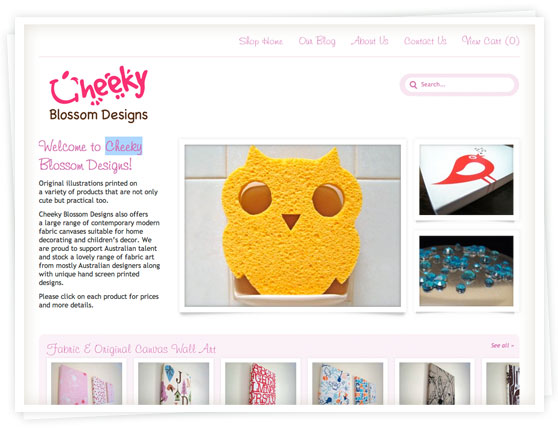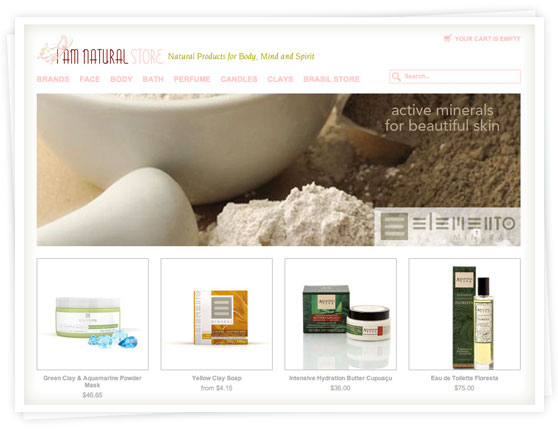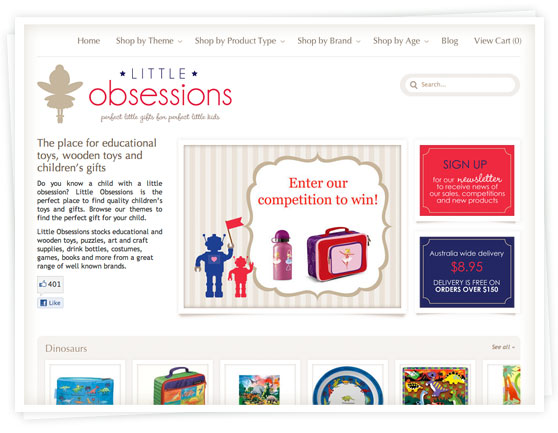 We’ve just updated the minimal ecommerce theme in your theme gallery to include some social media options. Your visitors can now post products in your online store to Twitter, facebook, del.ic.io.us, digg, Technorati, blogger.com, StumbleUpon, and can even click a link to send a quick email to a friend.
We’ve just updated the minimal ecommerce theme in your theme gallery to include some social media options. Your visitors can now post products in your online store to Twitter, facebook, del.ic.io.us, digg, Technorati, blogger.com, StumbleUpon, and can even click a link to send a quick email to a friend.
That’s not it though…. new options have been added to customise your footer with links to your facebook page, twitter page, your blog’s RSS feed, and a link to your contact form.
To see the changes, head on over to the demo store. If you want to add these changes to your store you’ll need to first make a backup of your existing theme, apply the new theme, and then update it with whatever customisations you’ve made in the theme editor. If you want us to do this for you, there will be a one-off fee of $70AUD.
There will also be updates to some of our existing ecommerce themes in the coming months… so if you’re not using the minimal theme in your store, you shouldn’t miss out on the new goodies!


